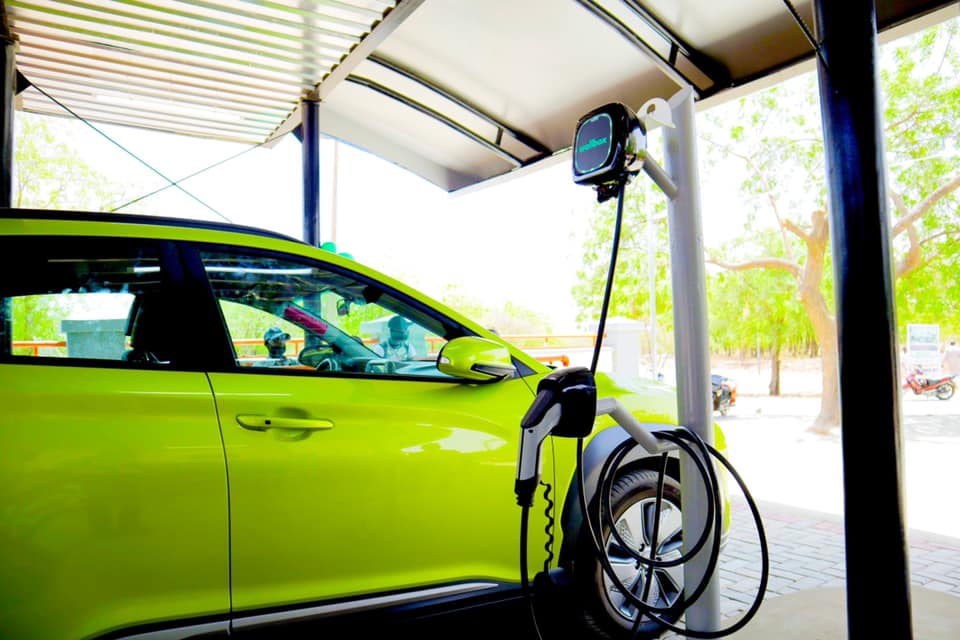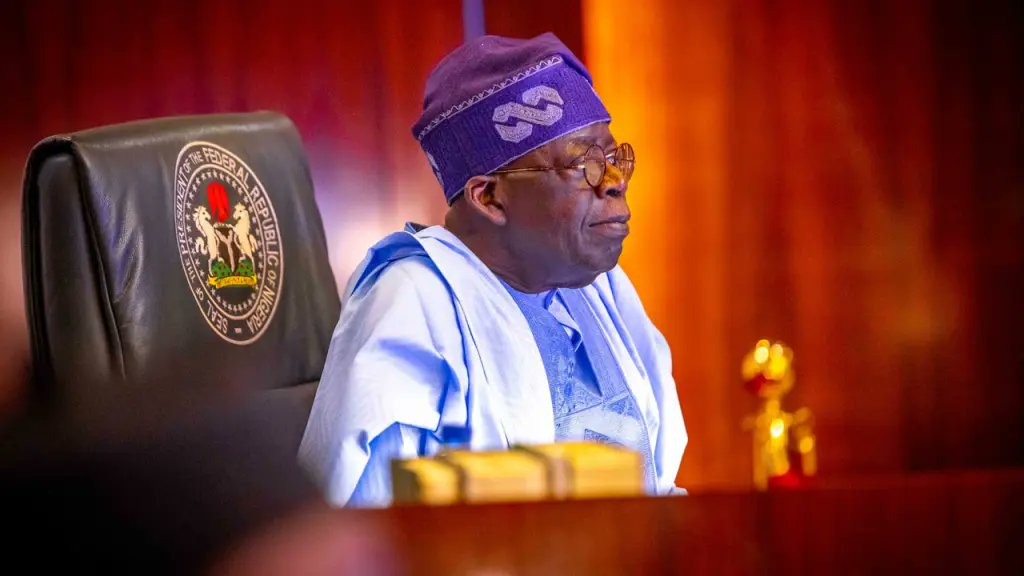The uncertainty surrounding the Nigerian automotive industry is lamentable, given the huge loss that stares the country in the face in the event of its failure, and the fact that the present situation is no more than a reversible bureaucratic red tape of government and its officials. Meanwhile, the industry stands at a precarious crossroads. However, the relevant ministries and agencies can prevent the slide or take responsibility for it.
The National Automotive Industry Development Plan (NAIDP), launched with ambitious goals to transform the sector, now appears to be languishing in uncertainty. This policy paralysis has had a direct and damaging consequence: a staggering N136 billion in investments across various automotive value chains are reportedly stuck, casting a long shadow over the nation’s industrialisation aspirations.
According to a recent report, the N136 billion is 12 per cent of the total $756 million invested in the sector by 58 firms in the first five years of the NAIDP, which was effective from 2014 to 2024. The value ($89.6 million) was invested by 20 different companies, which have been forced to suspend operations following market-related and policy issues.
This comes amid worries about the government’s silence on the expired NAIDP. Midway into 2025, a framework with a timeline spread from 2024 to 2034 has yet to come into effect.
The National Automotive Design and Development Council (NADDC) is said to have approached the Ministry of Justice for the legal draft of the new policy. The cumulative investment commitments of 58 automotive assemblers with clear local content commitment rose to $756 million or N1.15 trillion by the current market exchange rate midway into the implementation of the policy.
Most of the 58 companies had entered into concrete agreements with original equipment manufacturers (OEMs) in full compliance with the guidelines of the National Office for Technology Acquisition Promotion (NOTAP), but 20 of the companies closed operations before the end of the policy last year.
It is worth recalling that the initial promise of the NAIDP, introduced to foster local vehicle assembly, create jobs, and ultimately make the industry competitive, attracted significant interest and capital. The reported investment of N136 billion by 20 different companies underscores the potential that investors saw in Nigeria’s domestic market and the government’s stated commitment to the sector’s growth. However, the current situation, marked by suspended operations and policy-related hurdles, paints a grim picture and is highly disappointing.
Several factors appear to have contributed to this unfortunate situation. Firstly, the lack of a clear direction or pronouncement regarding the future of the NAIDP, particularly after its initial 10-year lifespan, has created an environment of uncertainty. Investors require policy consistency and a predictable regulatory landscape to commit to and expand their operations. The silence from the government on the expired NAIDP breeds apprehension and discourages further investment.
Secondly, the implementation of the NAIDP has reportedly been plagued by challenges. In apparent Nigerian conventions, bureaucracy and corruption are cited as significant impediments, hindering the smooth execution of policy objectives, especially concerning official documentation. Furthermore, a lack of sufficient foreign investor confidence, potentially exacerbated by the absence of robust investment assurance legislation, has also played a role.
Painfully, there is also the absence of effective demand-side stimuli, such as government support for credit purchase schemes. This has further compounded the problem. A thriving automotive industry relies on strong domestic demand, and facilitating access to vehicle financing for consumers is crucial. The difficulties and high costs associated with logistics, particularly for assemblers located inland, and limited access to official foreign exchange for importing knocked down (KD) parts, add to the operational woes of these companies. Allegations of procurement abuses have also likely undermined the integrity and effectiveness of the policy.
The consequences of this policy limbo are far-reaching. Beyond the immediate impact of the N136 billion in stuck investments and the potential job losses associated with suspended operations, the stagnation of the automotive sector has broader implications for Nigeria’s economic diversification and industrialisation goals. A vibrant automotive industry can catalyse technological advancement, skills development, and the growth of ancillary industries. The current uncertainty risks squandering this potential.
For Nigeria to truly leverage its local market and develop a robust automotive industry, decisive action is urgently needed. The government must prioritise the formulation and communication of a clear and consistent long-term policy framework for the sector. This framework should address the challenges that plagued the previous policy, including streamlining bureaucratic processes, tackling corruption, ensuring access to foreign exchange, and implementing measures to boost consumer demand.
Further, building investor confidence through transparent governance, robust legal frameworks that protect investments and consistent policy application is paramount. Engaging with existing investors to understand their challenges and incorporating their feedback into the new policy direction will be crucial in regaining trust and unlocking frozen investments.
The Nigerian automotive industry holds significant promise, but its realisation hinges on a stable and supportive policy environment. The time for decisive action is now, to rescue the billions in stuck investments and steer the nation back on the path towards automotive industrialisation. Failure to do so will not only result in significant economic losses but also undermine Nigeria’s ambition to become a major player in the African automotive landscape.






